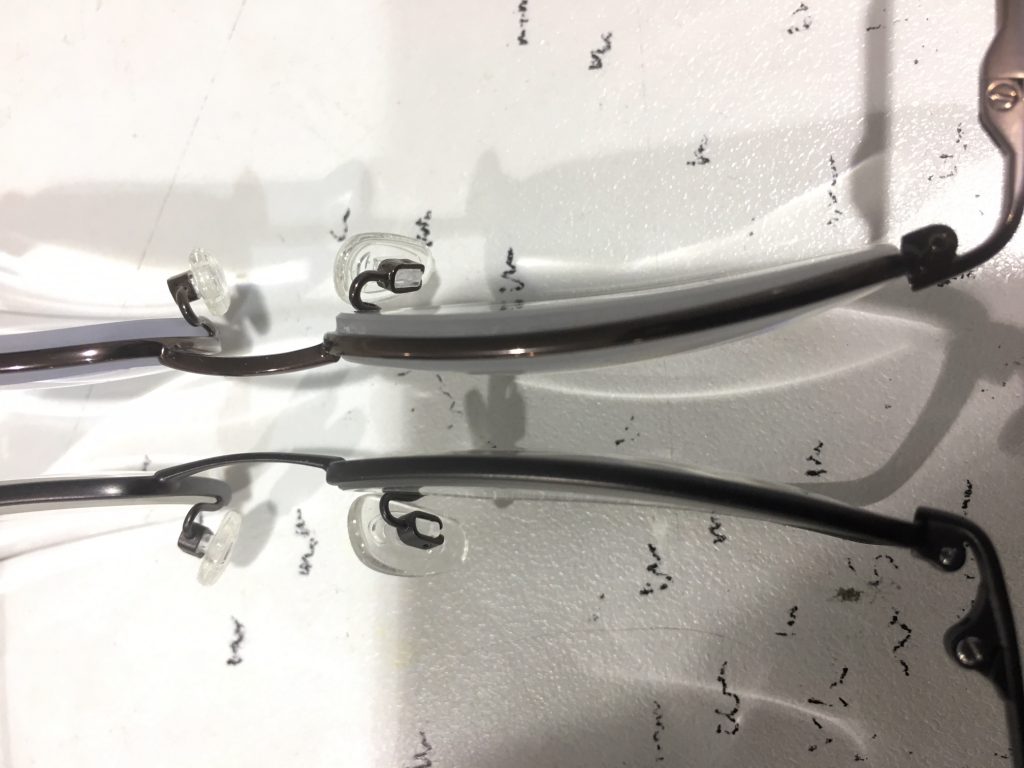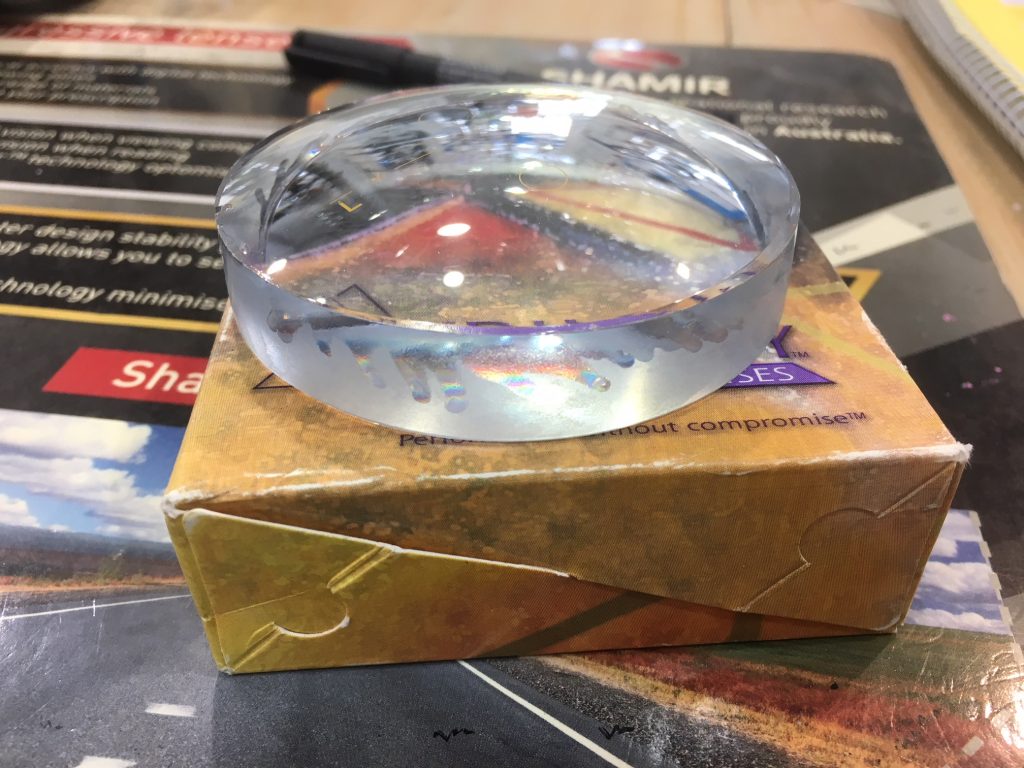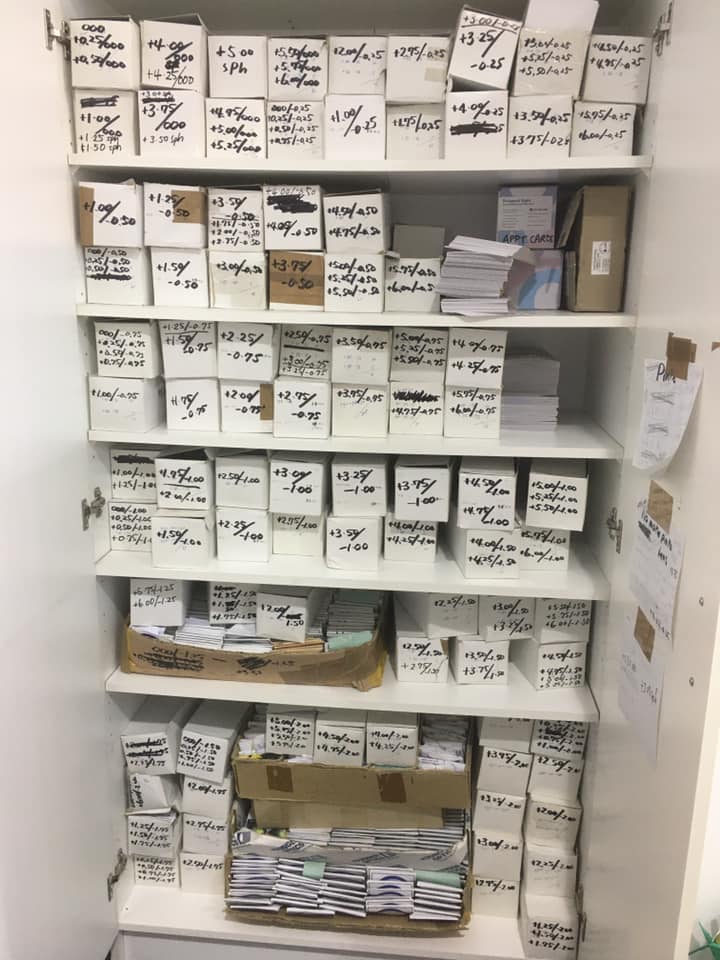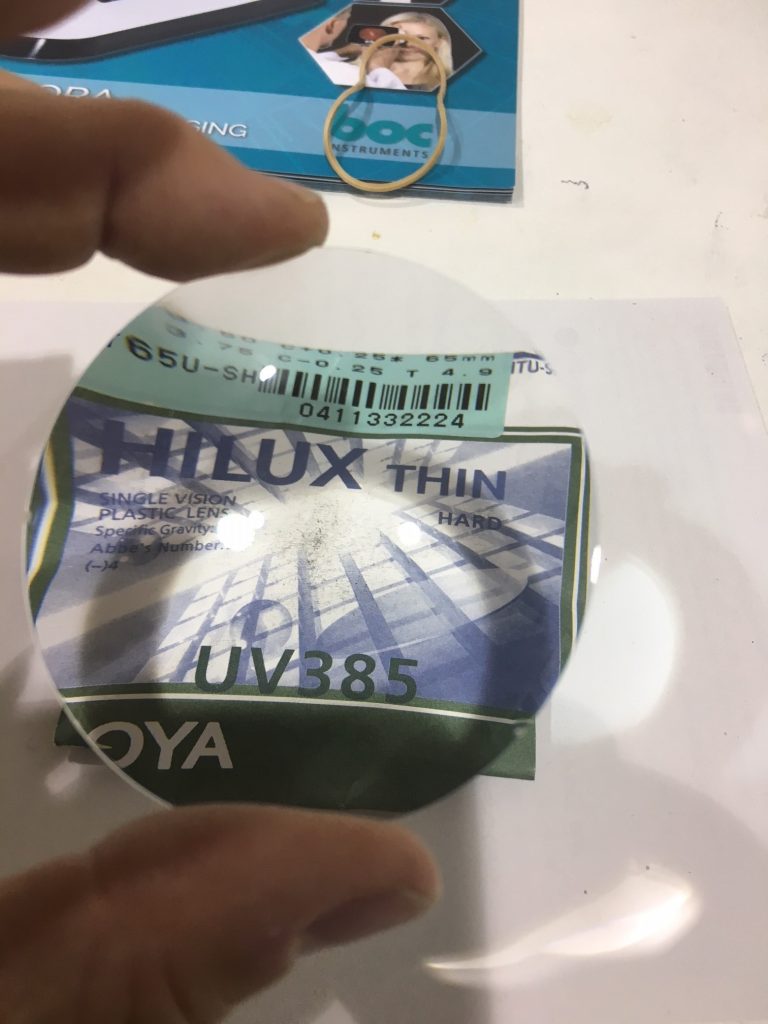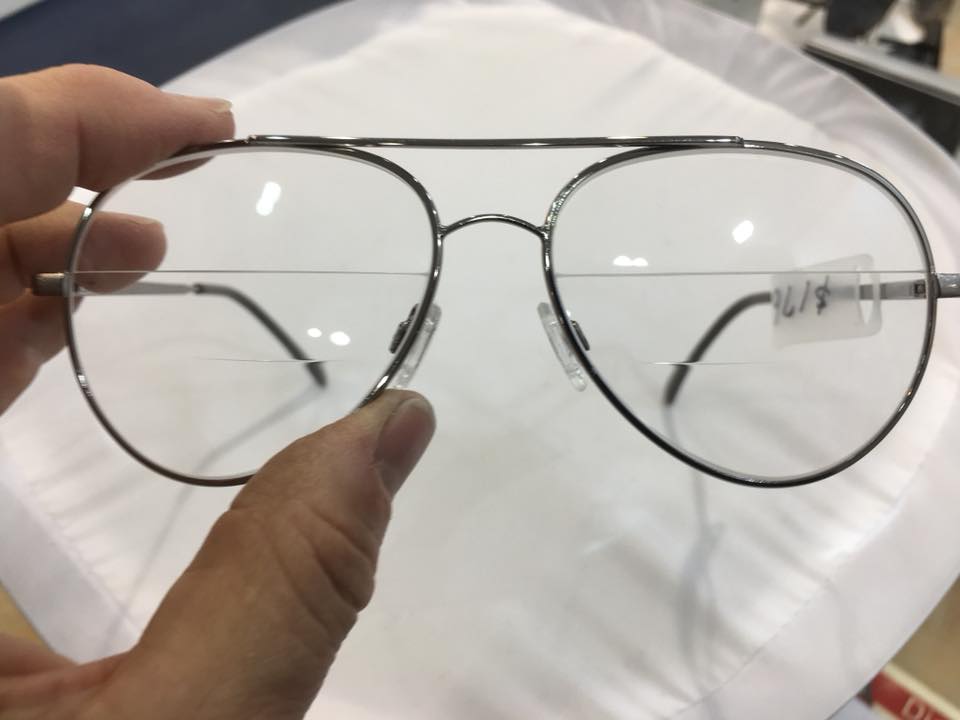The photo below is of an Inuit man taken in 1933 most likely in the North West Territories of Canada. For thousands of years the people living in the polar regions of the northern hemisphere fashioned protective sun eyewear to guard against the bright sun particularly during the spring as the sun began to get higher in the sky. They were often made of whale bone or antler, and in more recent times from wood as it became more readily available. The inside of the goggle was often blackened with soot to cut down on any reflections off the back of the eyewear, a simple but probably effective anti reflctive coating or perhaps closer to being a tint! They were held in place by a strap of some natural material such as the sinue from a caribou. The thin slots in them would also have given some assistance to any individuals with a refractive error as the pin hole effect would have been significant as long as the slits were cut finely enough. What a fine example this is of the inventiveness of the Inuit people and their ability to survive in such a harsh climate.



